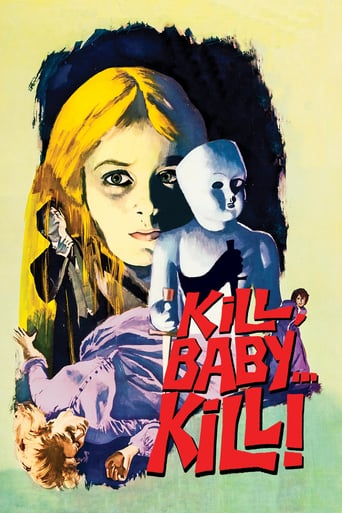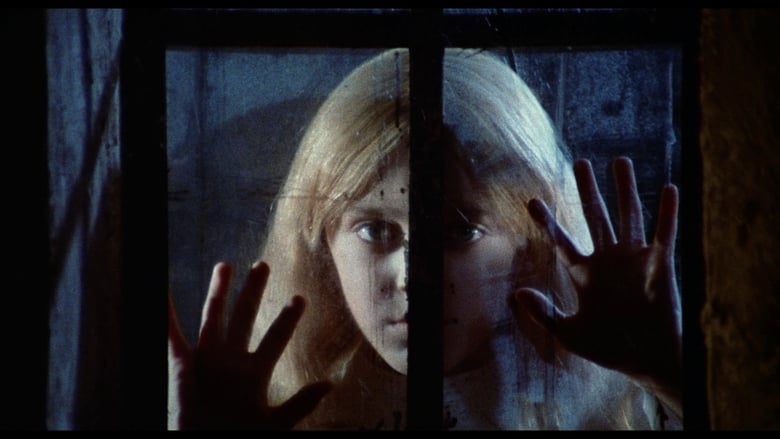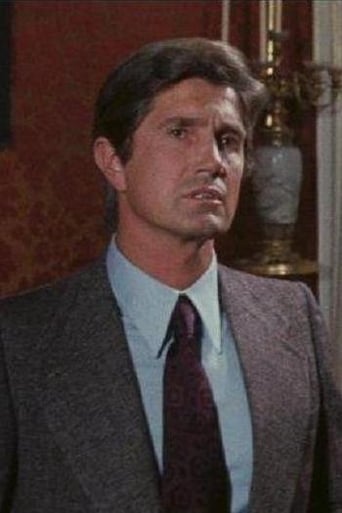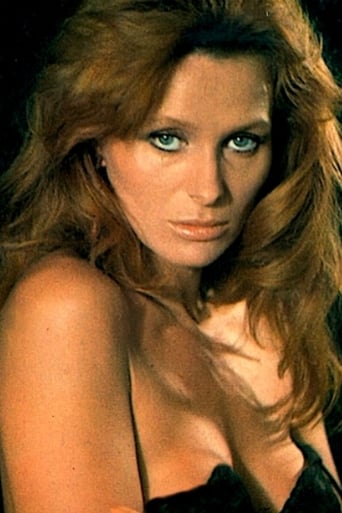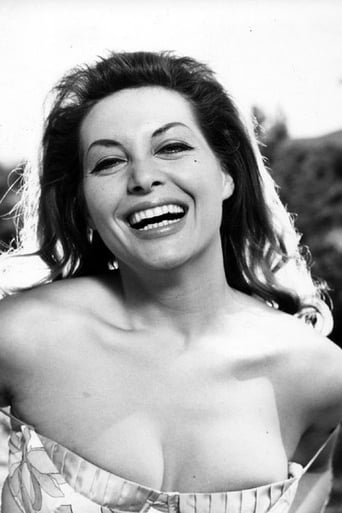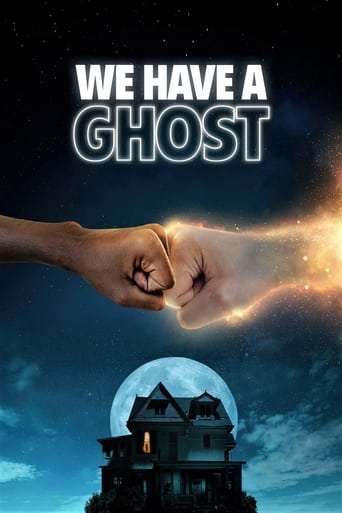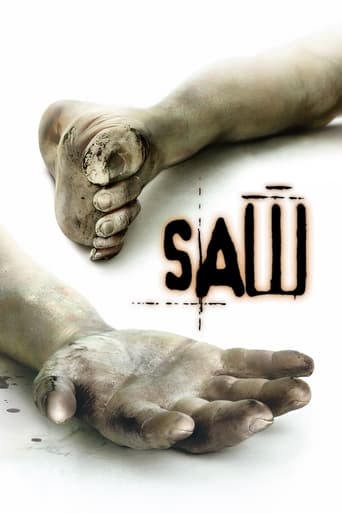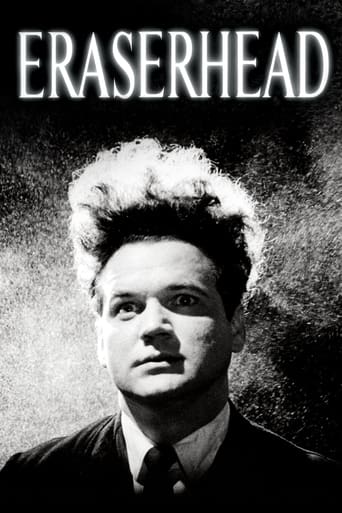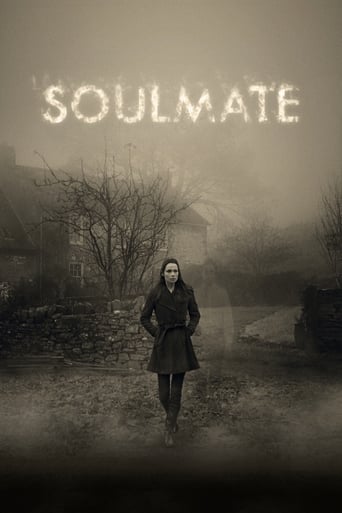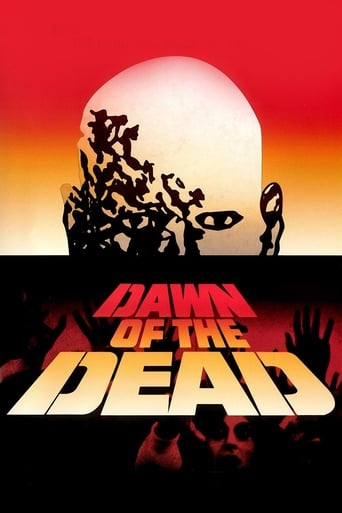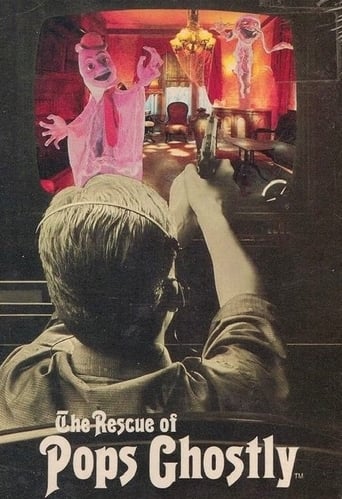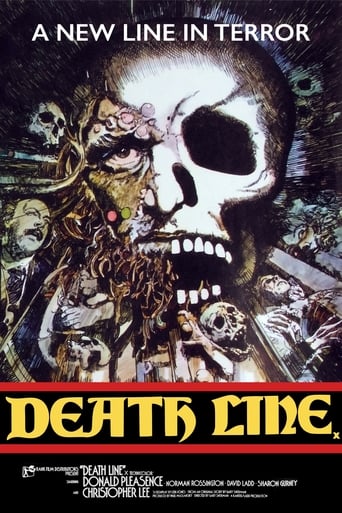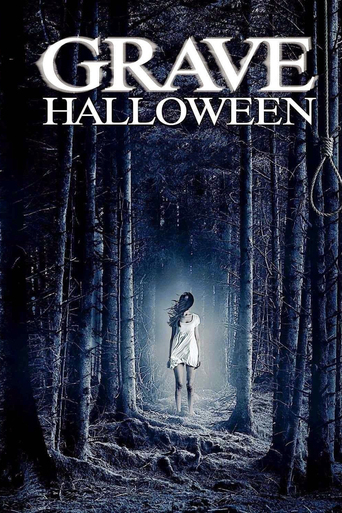Kill, Baby... Kill! (1967)
A 20th century European village is haunted by the ghost of a murderous little girl.
Watch Trailer
Free Trial Channels
Cast


Similar titles
Reviews
That was an excellent one.
Plot so thin, it passes unnoticed.
What a freaking movie. So many twists and turns. Absolutely intense from start to finish.
I think this is a new genre that they're all sort of working their way through it and haven't got all the kinks worked out yet but it's a genre that works for me.
RELEASED IN 1966 and directed by Mario Bava, "Kill, Baby, Kill" takes place in a Carpathian village in 1907 where Dr. Paul Eswai (Giacomo Rossi-Stuart) arrives to perform an autopsy at the request of the inspector (Piero Lulli). The evidence points to the hamlet being cursed with a mysterious ghost girl that compels those who see her to kill themselves, which the doctor thinks is rubbish; at first anyway. Erika Blanc plays a visiting medical student who assists Eswai while Fabienne Dali appears as the village witch and Giovanna Galletti as a bitter baroness. Luciano Catenacci is on hand as the burgomaster (mayor) and the witch's lover.The movie has a colorful and haunting Gothic/Horror ambiance, which can be traced to earlier films like the B&W "The City of the Dead" (aka "Horror Hotel") (1960) and, more so, "The Terror" (1963), which was one of Francis Ford Coppola's early works, although he only directed part of it. Like those flicks, "Kill, Baby, Kill" features mysterious manors, dilapidated churches, ghosts, cobwebs, witches and bell towers in the mold of Hammer flicks of the era, such as the contemporaneous "Dracula, Prince of Darkness" (1966). As far as spooky MOOD goes, "Kill, Baby, Kill" is superb, but the story isn't as compelling as "The Terror," except for the last act. Nevertheless, the movie has influenced many artists and their works.Rossi-Stuart makes for a stalwart protagonist in the mold of James Bond (looks-wise) while Erika Blanc and Fabienne Dali work well on the other side of the gender spectrum, both striking in different ways.The title of the film is cheesy and recalls Russ Meyer's "Faster, Pussycat! Kill! Kill!" from the year before. It was obviously used to give the film a "hip" edge and sell as many tickets as possible. In 1971 it was retitled "Curse of the Living Dead" in the US, which was a 100% improvement. Here are several other sample titles that would be an upgrade, as well as more accurate: "Village of the Laughing Dead"; "Night of the Laughing Dead"; "Child of Vengeance"; "The Ghost at the Window"; "Child Cursed Village"; "Forgotten Daughter"; "Make them Pay"; "Sorceress' Regret"; "Melissa"; and "Melissa's Curse."Okay, now for a few joke titles: "Melissa and her Sissa"; "The Graps of Wrath"; "That Damn Ball" and "Ghost Boy in Drag." That last one is due to the fact that the ghost girl was played by a boy, one-shot actor Valerio Valeri.THE MOVIE RUNS 1 hour, 23 minutes and was shot entirely in Rome, Lazio, Italy. WRITERS: Romano Migliorini, Roberto Natale and Bava.GRADE: B
Giacomo Rossi-Stuart, the angry zombie harassing Vincent Price in The Last Man on Earth, finds himself harassed by a vengeful ghost child! If you have watched any Japanese horror film at all, you'll know that's the worst kind of vengeful ghost! Giacomo is a coroner who arrives in a creepy 19th Century Italian village to perform an autopsy on the corpse of a girl who has taken a dive onto a pitchfork. Strangely, the villagers don't want Giacomo to touch the body at all and even when he arrives there's a group of red-masked guys carting the coffin around so he can't get to it. But he does, anyway.With the help of Erika Blanc. Now Erica has been called in to help Giacomo, but she also was born in the village and has a mysterious past which no doubt has Giacomo helping himself to that era's version of Amatryptaline. It turns out that anyone who sees the ghostly apparition of Mellisa Graps is in for a horrible death.Mellisa is your regular ghost kid with a scary ball that bounces about everywhere and a tendency to look through windows at her hapless victims. She also must have been some sort of influence on Japanese horror films like The Grudge and Ring and all those other films, surely? I was going to say 'this is another good one from Bava' but when has he ever given us a bad one? This one is a sure contender for the crown of best Gothic Horror ever (rival is Terror Creatures From The Grave) - I'd only say that the end of this one isn't as good as the rest of it, but it's still full of Bava's twisted imagery, reflections, creepy dolls, tracking shots where you know something creepy is going to happen, and all that other stuff that makes these worth squinting at on a laptop.I'm tired. What's a burgermeister?
Kill, Baby, Kill — director Mario Bava's return to Gothic horror — is commonly considered to be one of the greatest horror movies of all time. It has provided inspiration and influence for other greats such as David Lynch, Martin Scorsese, and Federico Fellini. It's considered a classic for good reason and I knew I'd love it the moment it opened with a woman impaling herself on a wrought iron fence The movie begins with Dr. Paul Eswai (Giacomo Rossi Stuart) arriving at a quiet, foggy Transylvanian village wracked with superstition and fear. He has been called upon to perform an autopsy to find out the cause of a girl's mysterious death — the method is unusual enough, but the fact that there is a coin embedded in her heart adds another layer to the confusion. He finds out soon that the village is terrified of the spectral image of a young girl — Melissa Graps — who died 20 years earlier and is said to bring death whenever she is seen by members of the community. The coins are revealed to be talismans placed by the town witch, Ruth (Fabienne Dali), who is trying to protect the village members from Baroness Graps (Giana Vivaldi), who is helping her deceased daughter claim the souls of the innocent.As is standard with Bava's films, the plot takes a back seat to the aesthetics of the movie, the mood. The sets in Kill, Baby, Kill are so ethereal, so decadent, so perfectly spooky long, foggy alleyways, the most PERFECT cemetery ever, inexplicably colored lights, black cats, and castles abound. There's several memorable camera moves, most notably for me was the camera taking the perspective of the swing itself as the girl swings on it, and the disorienting repetition of Paul walking through the same room over and over — incredible (and said to have influenced David Lynch's similar scene in Twin Peaks: Fire Walk with Me). I also loved the scene of Paul and Monica (Erika Blanc) walking out of the foggy tunnel, with the camera seemingly placed on a hill up above. Just fantastic moodiness all throughout.Though the plot itself IS pretty cool. The fear of the people in the village is palpable, and the whole concept of this girl's spirit being unable to rest and causing people to bleed to death as she once did creepy as hell. There's several scenes of her peeking through a window or putting her hand up to the glass and there's a definite sense of dread, as we know that anyone who lays eyes on her will die a death similar to her own.There was also a pretty amazing balance of warm and cool tones throughout the movie, sometimes contrasting in one scene, with almost one corner being warmly lit and the other more coolly. Maybe it's the photographer in me noticing that kind of thing but I thought it was well done.The soundtrack is pre-Goblin, but most certainly influenced them in some way. It is the perfect accompaniment for such a trippy, mind-altering movie.When you first see the ghost of little Melissa Graps you know instantly that she is iconic, running around with her dress and her bouncing white ball.Overall just a great, trippy, atmospheric masterpiece. Bava is one of the greats and I look forward to working my way through his body of work!
A doctor (Giacomo Rossi-Stuart) goes to a small town in the Carpathian mountains some time around 1910 in order to perform an autopsy. The villagers are generally not pleased with this, but he presses on. At the same time, there is rumor of a ghost that appears just prior to death... and somehow these two events are connected.I had not much experience with the work of Mario Bava, having been more familiar with the splatter subgenre of his son Lamberto. But I had always heard great things of Mario, and knew this film was considered by many to be a strong, memorable piece... most notably for a scene where the doctor chases himself or a doppelganger through a series of identical rooms. This scene is pretty great and pulled off very well for the time, no special effects needed. The Gothic atmosphere is also well captured, on par with Hammer films or the Poe works of Roger Corman.I find this film to be something of a tightrope between Fritz Lang's "M" and Peter Medak's "Changeling". Like "M", there is a leitmotif connected to the evil force -- in "M", the whistled tune. Here, a bouncing ball. Likewise, the ball here is somewhat replicated in "Changeling", though no longer as a forewarning to the killer. Also, the colorful imagery here really anticipates the later Italian directors, particularly Argento.Although Luca Palmerini calls the film overrated, he does say the "to the devil a daughter" theme started here and was taken up by Fellini in Toby Dammitt in "Spirits of the Dead" and later in Friedkin's "The Exorcist". I think this is a bit of stretch to connect this film to "Exorcist". Again, the white, bouncing ball symbolizing a dead child, as would later be done to great effect in "The Changeling", is the real key here to future film.To really understand and appreciate Bava, I feel one would have to watch "Black Sabbath" or "Planet of the Vampires", but this film shall be considered my introduction to the man, and I loved him from the first camera shot. I would strongly urge others to meet him in a similar way. Different releases exist, some probably better than others. I watched two different DVDs, the better one being produced by Diamond Entertainment, but I assume a still better print exists.

